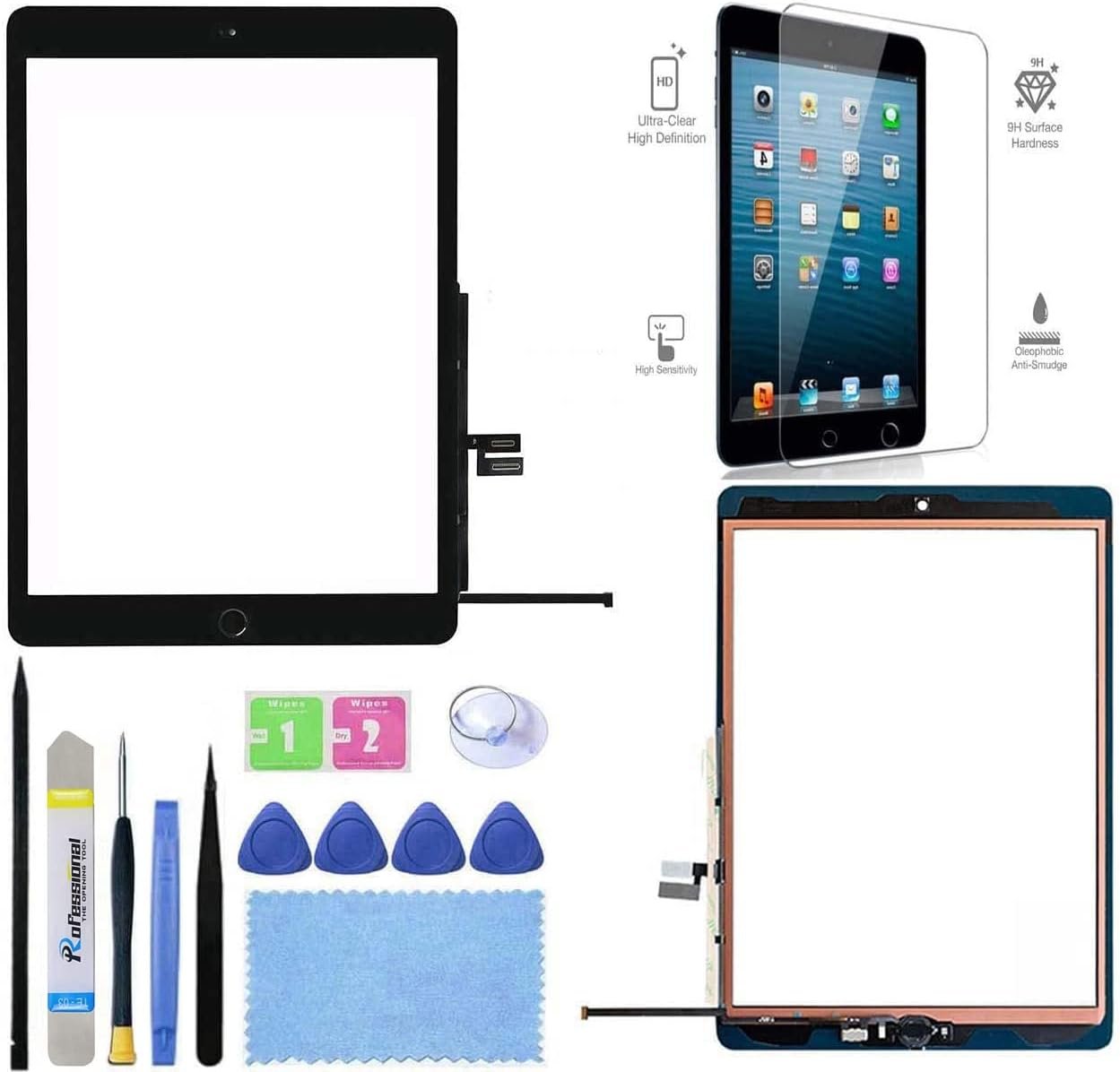
Introduction to New Technologies
The world is shifting at a dizzying pace, driven by technology and innovation. Every day brings new advancements that promise to transform how businesses operate. From artificial intelligence to cloud computing, the options are endless—and so are the possibilities. Yet, with these opportunities come challenges. Implementing new technologies is not just about adopting shiny tools; it’s about strategically aligning them with your business goals.
Navigating this landscape requires careful planning and execution. It’s essential to identify what your organization truly needs before diving into the vast ocean of tech solutions available today. Whether you’re a startup or an established enterprise, embracing change can lead to greater efficiency, enhanced productivity, and even a competitive edge in your industry.
Are you ready to harness the power of technology? Let’s explore how you can implement new technologies effectively and set your business on a path toward innovation and success.
Identifying Business Needs and Goals
Understanding your business needs is the foundation of any successful technology implementation. Start by evaluating current processes and pinpointing inefficiencies. What slows down productivity? Where are the bottlenecks?
Next, define clear goals that align with your overall strategy. Are you looking to improve communication, streamline operations, or enhance customer experiences? Being specific helps in selecting technologies that truly fit.
Engage various stakeholders in this process. Their insights can reveal hidden challenges and aspirations within different departments. It also fosters a sense of ownership when new tools come into play.
Prioritize these needs and goals. This clarity will guide your research on suitable technologies while ensuring everyone is on the same page moving forward. Technology should serve as an enabler for achieving these objectives, not just a shiny new tool.
Researching and Selecting Appropriate Technologies
When it comes to technology and innovation, researching the right tools is vital. Start by examining your specific business needs. Understand what challenges you’re facing and how technology can solve them.
Next, explore options available in the market. Look for technologies that align with your goals. Read reviews, case studies, and white papers to gauge their effectiveness.
Consider scalability as well. The ideal solution should grow with your business demands over time. Don’t ignore integration capabilities either; ensure new systems work seamlessly with existing ones.
Engage employees early in this process too. Their insights can help identify which technologies might improve workflow or enhance productivity.
Compare costs versus benefits carefully before making a decision. This will prevent overspending on solutions that don’t provide sufficient returns for your organization’s investment.
Training Employees on the New Technologies
Training employees on new technologies is crucial for a successful transition. Without proper training, even the best tools can fall flat.
Start by identifying specific skill gaps within your team. Tailor training sessions to address these areas directly. This personalization enhances engagement and retention.
Utilize various formats like workshops, online courses, or one-on-one mentoring to cater to different learning styles. Interactive sessions often yield better results than traditional lectures.
Encourage hands-on practice with real-life scenarios that employees might encounter in their roles. This applied approach builds confidence and competence.
Regular follow-ups ensure ongoing support as your team adapts to changes. Create an open environment where questions are welcomed and feedback is encouraged.
Investing time in employee education fosters a culture of innovation and continuous improvement, ultimately driving business success forward.
Benefits of implementing new technologies
Implementing new technologies can significantly enhance business efficiency. Streamlined processes often lead to quicker task completion, reducing operational costs.
Additionally, innovation fosters creativity within teams. When employees have access to advanced tools, they are more likely to explore fresh ideas and approaches.
Customer experience also improves with the right technology and innovation in place. Businesses can offer personalized interactions and faster service, strengthening customer loyalty.
Moreover, adopting cutting-edge solutions positions a company as a market leader. It showcases adaptability and responsiveness to changing demands.
Data analytics capabilities allow for informed decision-making. Organizations can harness insights from real-time data, driving strategic initiatives that align with overarching goals.
Identifying the right technology for your business
Choosing the right technology for your business is crucial. Start by assessing your specific needs. What challenges are you facing? Understanding these pain points will guide you in selecting solutions tailored to your requirements.
Next, consider scalability. As your business grows, so should your technology. Look for systems that can adapt and expand alongside you without requiring a complete overhaul.
Engage with employees who will use the technology daily. Their insights can be invaluable in identifying what works best in practice.
Don’t forget about integration capabilities as well. The new tech must seamlessly connect with existing tools to ensure smooth operations and data flow.
Stay updated on industry trends and innovations that may offer additional advantages or efficiencies down the line; being proactive will keep you ahead of competitors while enhancing overall productivity.
Creating a plan for implementation
Creating a solid plan for implementation is crucial when adopting new technology. Start by outlining clear objectives that align with your business goals. This will guide every step of the process.
Next, establish a timeline. Set milestones to track progress and ensure accountability among team members. Having deadlines creates momentum and keeps everyone focused on their tasks.
Identify key stakeholders who will play roles in this transition. Their involvement will help foster support across different departments, making it easier to address any concerns as they arise.
Allocate resources effectively. Budgeting wisely ensures you have the necessary tools and personnel to facilitate smooth integration.
Remain flexible throughout this phase. Being open to adjustments allows for better responses to unforeseen challenges or opportunities that may emerge during implementation.
Training and educating employees
Training and educating employees is a crucial step in technology implementation. It empowers staff to embrace new tools with confidence. A well-informed team can leverage innovations effectively, driving productivity.
Interactive workshops are an excellent way to engage employees. These sessions can cover everything from basic functions to advanced features of the new technology. Encouraging questions fosters a culture of curiosity.
E-learning platforms also offer flexibility for diverse learning styles. Employees can access resources at their own pace, making it easier to retain information.
Regular feedback sessions help gauge understanding and address concerns promptly. This approach builds trust and reinforces the importance of continuous learning in adapting to new systems.
By prioritizing employee education, businesses not only enhance skill sets but also boost morale. When teams feel supported during transitions, they become more invested in the success of technology adoption within the organization.
Overcoming challenges during implementation process
Implementing new technologies often comes with its fair share of challenges. Resistance to change can be one of the most significant hurdles. Employees may feel uncertain or even threatened by unfamiliar tools.
To address this, open communication is crucial. Encouraging feedback helps employees voice their concerns and fosters a collaborative environment.
Another common issue is inadequate resources and support during the transition. Ensure that your team has access to necessary materials, whether it’s software tutorials or hands-on assistance.
Time management also plays a key role in overcoming implementation obstacles. Setting realistic timelines allows for adjustments along the way without adding unnecessary pressure on your team.
Monitor progress closely. Regular check-ins can help identify problems early, allowing you to pivot if needed while keeping everyone aligned toward shared goals.
Measuring success and making necessary adjustments
Measuring success is critical after implementing new technology. It helps to determine whether the integration meets your initial business goals. Start by defining key performance indicators (KPIs) that align with those objectives.
Collect data regularly to track progress. Use analytics tools to gain insights into how employees interact with the new system and its impact on productivity. This information reveals what’s working well and what needs improvement.
Be open to feedback from your team too. Their first-hand experiences can highlight unforeseen issues or benefits of the technology you may have overlooked.
If something isn’t yielding expected results, don’t hesitate to make adjustments. Whether it’s tweaking workflows, enhancing training programs, or choosing different features, flexibility is vital in this ever-evolving landscape of technology and innovation.
Embracing change will foster a culture of continuous improvement within your organization.
Conclusion: Embrace the future with new technologies
The rapid pace of technology and innovation is transforming how businesses operate. Adopting new technologies isn’t just about keeping up; it’s a strategic move towards enhancing efficiency, improving customer experiences, and driving growth. By identifying specific business needs, researching suitable options, and training employees effectively, organizations can unlock the full potential of these advancements.
Overcoming implementation challenges will require adaptability and resilience. Yet, with careful planning and continuous evaluation of success metrics, companies can make necessary adjustments along the way. This proactive approach ensures that your business remains competitive in an ever-evolving landscape.
Embracing new technology and innovation paves the way for endless possibilities. It’s not merely about survival but thriving in a dynamic environment filled with opportunities for innovation. Take that leap forward—your future awaits!
RELATED POSTS
View all


